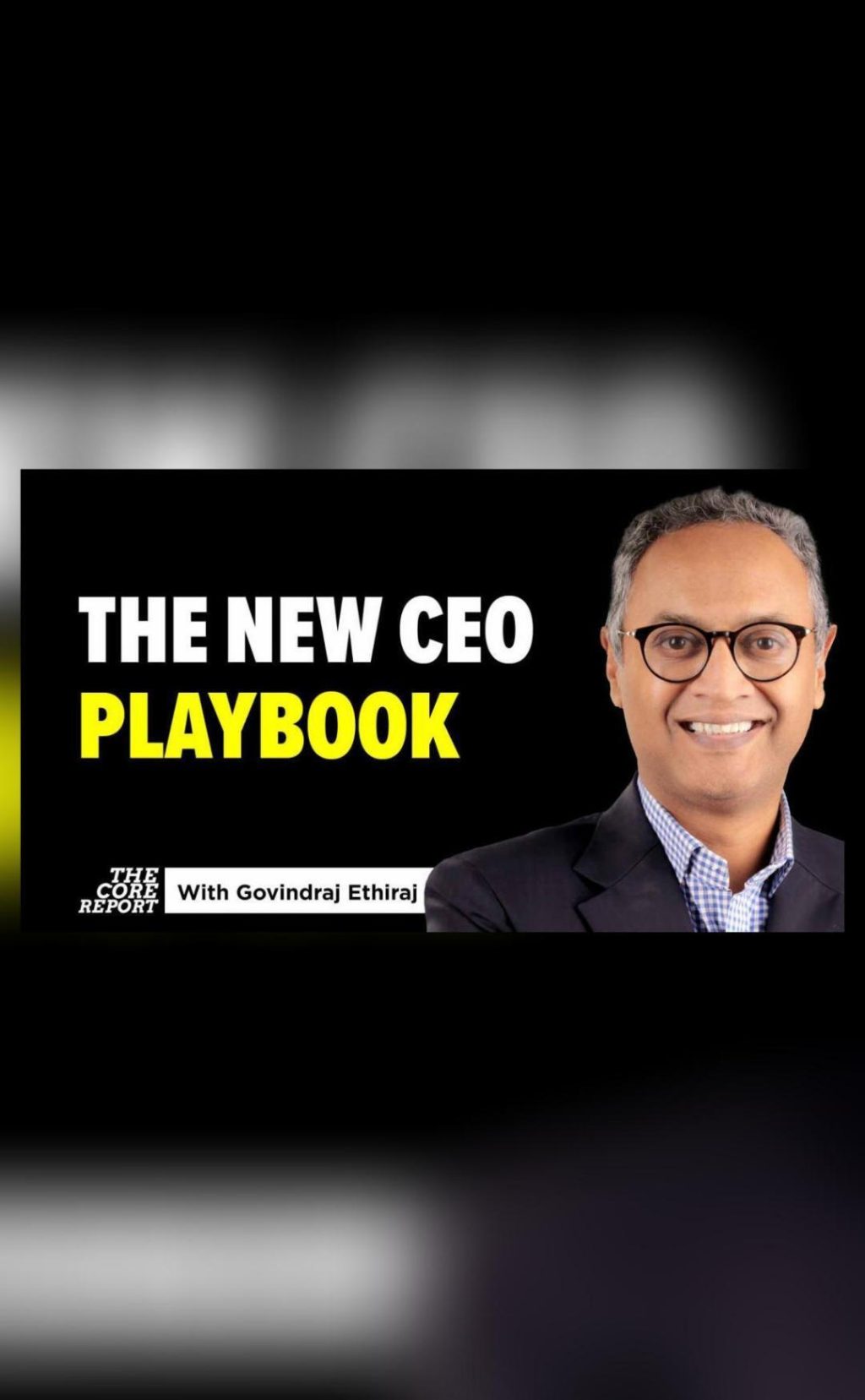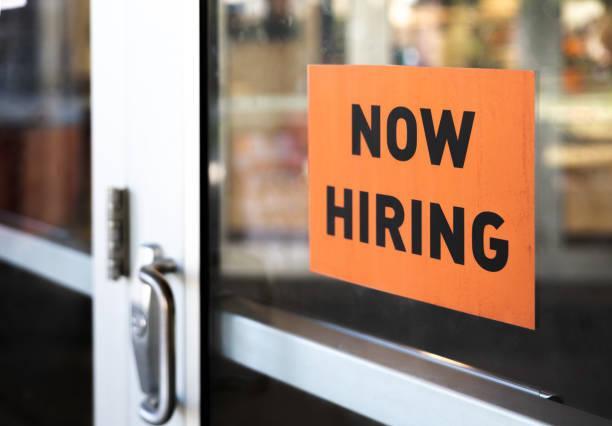
The New CEO Playbook: AI Pressures & Global Tariff Shocks
The world of business is experiencing unprecedented upheaval. Artificial intelligence (AI) is reshaping industries, and global tariff shocks are disrupting trade. As a result, CEOs are facing immense pressure to adapt and innovate. But with no guarantee of stability, companies are being pushed to localize, adapt, and reconsider long-held business models.
In this blog post, we’ll explore the new CEO playbook, highlighting the key challenges and opportunities arising from AI pressures and global tariff shocks. We’ll also examine the strategies that successful CEOs are employing to navigate these uncertain times.
The AI Revolution
AI is transforming industries at an incredible pace. From customer service to supply chain management, AI is automating processes, improving efficiency, and driving innovation. However, this rapid adoption comes with significant challenges for CEOs. As AI replaces human workers, companies must retrain and upskill their employees to remain competitive.
According to a recent report by McKinsey, by 2030, up to 800 million jobs could be lost worldwide due to automation. This has significant implications for CEOs, who must balance the need to automate with the need to protect their human capital.
Global Tariff Shocks
Global tariff shocks are another major disruptor for CEOs. The ongoing trade war between the US and China has created uncertainty and volatility in global markets. As tariffs rise, companies are facing increased costs, reduced supply chain efficiency, and decreased competitiveness.
A recent study by the National Bureau of Economic Research found that a 10% increase in tariffs can lead to a 1.5% decrease in trade. This has significant implications for CEOs, who must navigate complex supply chains and adapt to shifting trade policies.
The CEO Playbook
So, how are successful CEOs responding to these challenges? Here are some key strategies:
-
Digital Transformation: CEOs are investing in digital transformation, leveraging AI, machine learning, and data analytics to drive innovation and efficiency.
-
Talent Development: As AI replaces human workers, CEOs are focusing on developing the skills of their existing employees. This includes upskilling and reskilling programs, as well as creating new roles that combine human expertise with AI-driven insights.
-
Global Localization: With global tariff shocks disrupting trade, CEOs are localizing their operations to reduce reliance on complex supply chains.
-
Diversification: CEOs are diversifying their revenue streams, investing in new markets, and developing new products and services to mitigate the impact of tariffs.
-
Strategic Partnerships: As trade policies shift, CEOs are forming strategic partnerships to reduce costs, improve supply chain efficiency, and increase competitiveness.
Case Studies
To illustrate these strategies in action, let’s examine two case studies:
Case Study 1: Siemens
Siemens, the German industrial conglomerate, is a great example of a company that has successfully navigated the challenges of AI pressures and global tariff shocks. The company has invested heavily in digital transformation, developing AI-powered products and services that drive efficiency and innovation.
Siemens has also developed a talent development program, upskilling its employees to work alongside AI-driven systems. The company has also localized its operations, reducing its reliance on complex supply chains and increasing its competitiveness in the global market.
Case Study 2: Nike
Nike, the sportswear giant, is another company that has successfully adapted to the challenges of AI pressures and global tariff shocks. The company has invested in digital transformation, leveraging AI-powered analytics to drive sales and marketing efforts.
Nike has also diversified its revenue streams, investing in new markets and developing new products and services. The company has also formed strategic partnerships, reducing costs and improving supply chain efficiency.
Conclusion
The new CEO playbook is all about adapting to the challenges of AI pressures and global tariff shocks. By investing in digital transformation, developing the skills of their employees, localizing operations, diversifying revenue streams, and forming strategic partnerships, CEOs can navigate these uncertain times and drive long-term success.
As the business landscape continues to evolve, one thing is clear: the CEOs who will thrive are those who are agile, adaptable, and willing to rethink their strategy and operations.
Watch the full webinar here: https://youtu.be/0osLVVtj7tY






